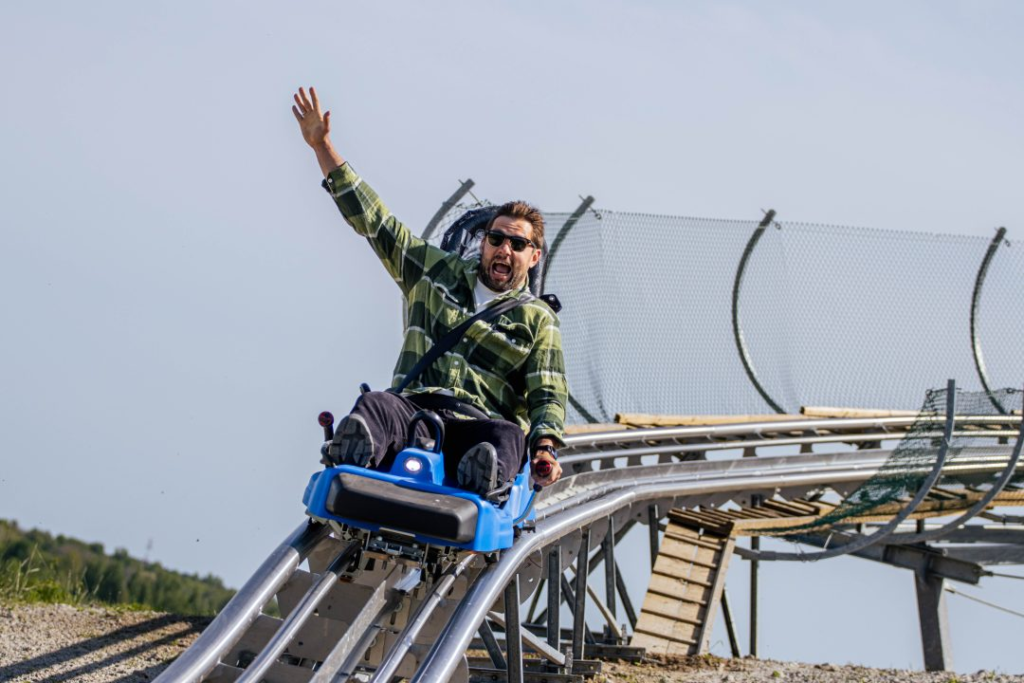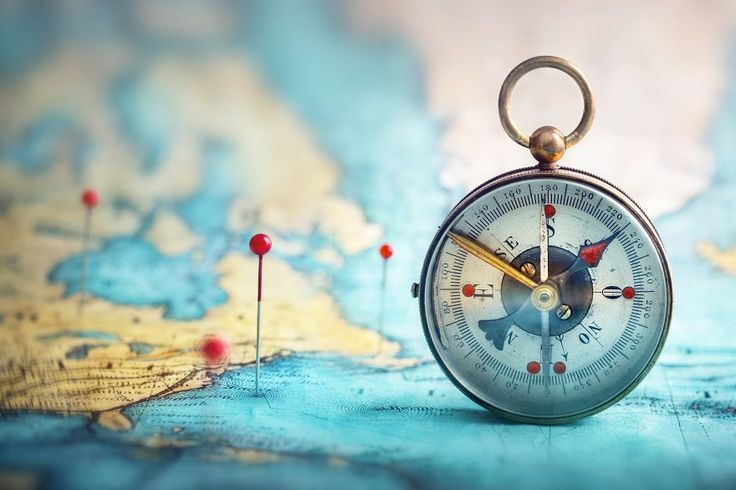Planning a trip can be an exciting but daunting task. Whether you’re embarking on a solo adventure, a family vacation, or a romantic getaway, a well-structured travel itinerary can make your journey smoother, more enjoyable, and less stressful. In this comprehensive guide, we’ll show you how to create a travel itinerary that ensures you get the most out of your trip. Follow these steps, and you’ll be well on your way to planning the perfect adventure.
1. Research and Destination Selection

Define Your Purpose
Before you start planning your travel itinerary, it’s crucial to define the purpose of your trip. Are you traveling for relaxation, adventure, exploration, cultural experiences, or a specific event? Understanding your travel goals will guide your decisions throughout the planning process.
Choose Your Destination
Selecting a destination is one of the most exciting parts of trip planning. Consider your interests, budget, and the purpose of your trip when choosing your destination. Research potential locations and make a list of places that pique your interest.
Consider Travel Constraints
Take into account any constraints, such as budget limitations, time off from work, or family obligations. Ensure that your chosen destination aligns with your constraints, or be willing to adjust your plans accordingly.
2. Setting a Budget

Determine Your Travel Budget
Setting a budget is a fundamental step in itinerary planning. Calculate how much you can afford to spend on your trip, including transportation, accommodation, food, activities, and unexpected expenses. Allocate a portion of your budget for each category.
Allocate Funds for Key Expenses
Prioritize key expenses like flights, accommodation, and daily spending. These should be at the forefront of your budget, while other activities and purchases can be flexible.
Plan for Contingencies
Always have some extra funds set aside for unforeseen expenses or emergencies. It’s wise to be prepared for unexpected situations that may arise during your trip.
3. Creating an Itinerary

Decide on Trip Duration
Determine the length of your trip. Consider your available vacation days and how long you can be away from your responsibilities.
Map Out Your Daily Schedule
Create a day-to-day schedule that outlines the activities, attractions, and experiences you want to have during your trip. Make sure to strike a balance between packed days and leisurely ones.
Prioritize Activities and Attractions
Research the top attractions at your destination and prioritize them based on your interests. Make a list of must-see places, but also allow room for spontaneous exploration.
Allow for Downtime
Don’t overplan; allow time for relaxation and exploration without a rigid schedule. Downtime lets you absorb the local culture and experience the unexpected.
Plan for Meals
Research local cuisine and find a balance between dining at local restaurants and preparing your meals, especially if you have dietary preferences or restrictions.
4. Accommodation

Choose the Right Accommodation
Consider your budget and preferences when selecting accommodation. Options range from hotels and hostels to vacation rentals and homestays.
Booking Accommodation
Once you’ve chosen your accommodation type, book well in advance to secure the best rates and availability.
5. Transportation

Decide on Transportation Modes
Choose the most suitable transportation modes for your trip, whether it’s by plane, train, bus, or car. Consider factors like cost, convenience, and the distances involved.
Book Transportation in Advance
Reserve your tickets or rental vehicles ahead of time to avoid last-minute hassles and potentially save money.
6. Activities and Attractions

Research Must-See Places
Before your trip, research the must-see places and activities at your destination. Learn about opening hours, ticket prices, and any special events.
Make Reservations
For popular attractions and activities, make reservations to avoid long lines and potential disappointments.
Be Flexible
While planning is essential, being flexible with your schedule allows you to adapt to unexpected opportunities and changes.
7. Travel Essentials
Pack Smartly
Pack according to the climate and activities at your destination. Don’t forget essential items like passports, visas, medications, and chargers.
Secure Important Documents
Keep copies of your essential documents in a secure place and consider digital backups.
Purchase Travel Insurance
Travel insurance provides peace of mind in case of unexpected cancellations, medical emergencies, or other unforeseen events.
8. Communication and Navigation

Get a Local SIM Card
Consider purchasing a local SIM card or an international phone plan to stay connected while abroad.
Download Useful Apps
Download travel apps for navigation, translation, and local recommendations.
Maps and Directions
Have access to maps and directions, whether in digital or physical form, to help you navigate your destination.
9. Health and Safety

Vaccinations and Medications
Check if any vaccinations or medications are required for your destination and ensure you’re up to date on routine vaccines.
Safety Tips
Research the safety situation at your destination and follow common-sense safety guidelines while traveling.
10. Travel Tips and Tricks

Travel Light
Packing light makes your journey more convenient and helps avoid excessive baggage fees.
Be Respectful of Local Culture
Respect the local customs, traditions, and etiquette of your destination.
Capture Memories
Take photos, keep a travel journal, or document your experiences in a way that lets you cherish your memories for years to come.






